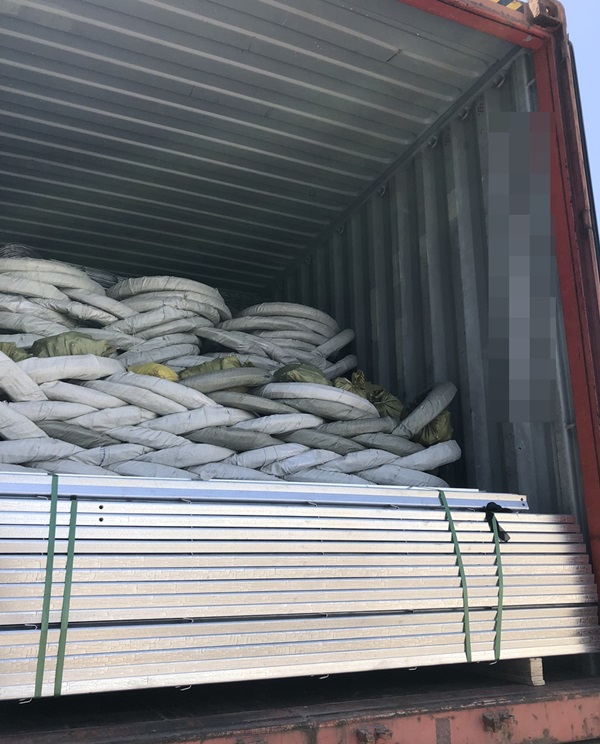нов . 01, 2024 02:39 Back to list
The Intriguing History and Purpose of Barbed Wire in Modern Fencing Systems
The Symbolism and Uses of Barbed Wire
Barbed wire, a simple yet highly effective fencing material, has a complex history and a range of meanings that extend beyond its practical applications. It was invented in the late 19th century, with the first patent granted to Joseph Glidden in 1874. This innovation revolutionized agriculture and property demarcation in the United States, forever changing the landscape of rural life.
Initially designed to protect crops and livestock from wandering animals, barbed wire quickly became a quintessential symbol of the American frontier. It facilitated the division of vast lands into manageable farms, enabling settlers to establish roots and cultivate the land. The invention not only improved agricultural practices but also played a crucial role in the westward expansion of the United States. As fences marked ownership and control over land, barbed wire became synonymous with both progress and conflict—relationships between settlers and Native American populations grew tense as boundaries were drawn, often displacing indigenous communities.
However, the uses of barbed wire extend far beyond agricultural applications. In the 20th century, its implementation took on a more sinister and symbolic character during wartime. Barbed wire was widely used in military contexts, particularly in World War I and II. It served as an essential component of fortifications, creating barriers that hindered enemy movement and provided a physical manifestation of conflict. The sight of barbed wire, often accompanied by watchtowers and armed guards, became emblematic of imprisonment and oppression, particularly in concentration camps and prisons. This darker side of barbed wire highlights how a tool for protection can also represent exclusion and violence.
barbed wire

In contemporary times, the use of barbed wire has continued to evolve. Many countries have adopted it as a means of border security, creating physical barriers that separate nations and control immigration. The fences at borders reflect a growing fear of crime and terrorism, leading to an unsettling reminder of division and segregation in society. These barriers, once intended merely for livestock containment, serve as both a deterrent and a chilling reminder of how fear can lead to the fortification of societal divisions.
Moreover, barbed wire has transcended its functional role to acquire a deeper symbolic resonance in art and literature. Artists often use images of barbed wire to evoke themes of confinement, separation, and the human experience of struggle. It can serve as a potent metaphor for emotional barriers, personal trauma, or the broader conflicts that define contemporary society. Literature has echoed these sentiments, with barbed wire frequently appearing as a symbol of the constraints imposed by society or the inescapable boundaries of personal experience.
In conclusion, barbed wire is more than just a method of fencing; it is a powerful symbol woven into the fabric of history, representing both protection and danger. Its evolution from a tool of agricultural necessity to a harbinger of conflict and division encapsulates the complexities of human interaction with the land and each other. As we navigate through the modern world, the presence of barbed wire serves as a reminder of the thin line between security and oppression, urging us to reflect on the implications of creating barriers—be they physical or metaphorical—in our lives.
-
Temporary Fabric Fencing Solutions Lightweight & Easy Setup
NewsJun.06,2025
-
Premium Movable Temporary Fences Security & Portability
NewsJun.06,2025
-
Temporary Construction Fencing Solutions Durable & Secure
NewsJun.05,2025
-
Premium i Bar Grating Durable & High Strength Solutions
NewsJun.05,2025
-
Buy Painted Expanded Metal Mesh Rolls Trusted Suppliers
NewsJun.04,2025
-
Easy Temporary Fence Quick Install Portable Solutions for Any Site
NewsJun.04,2025



